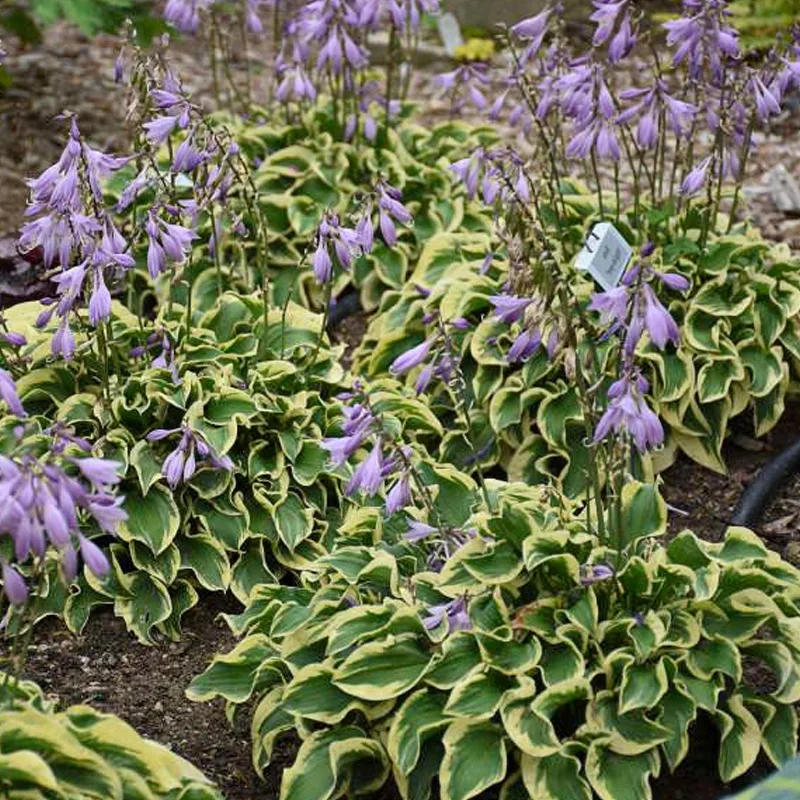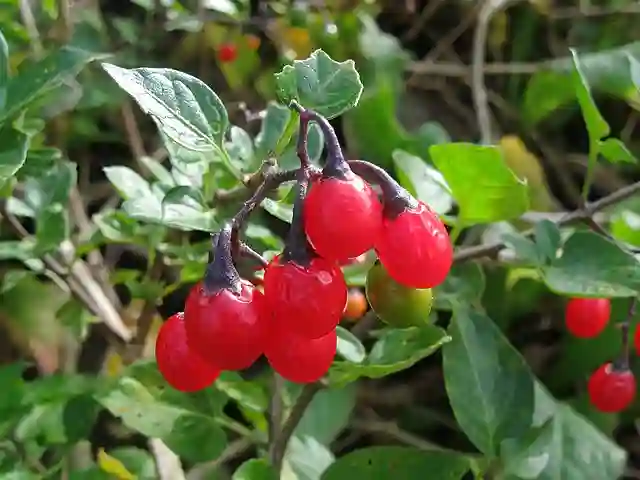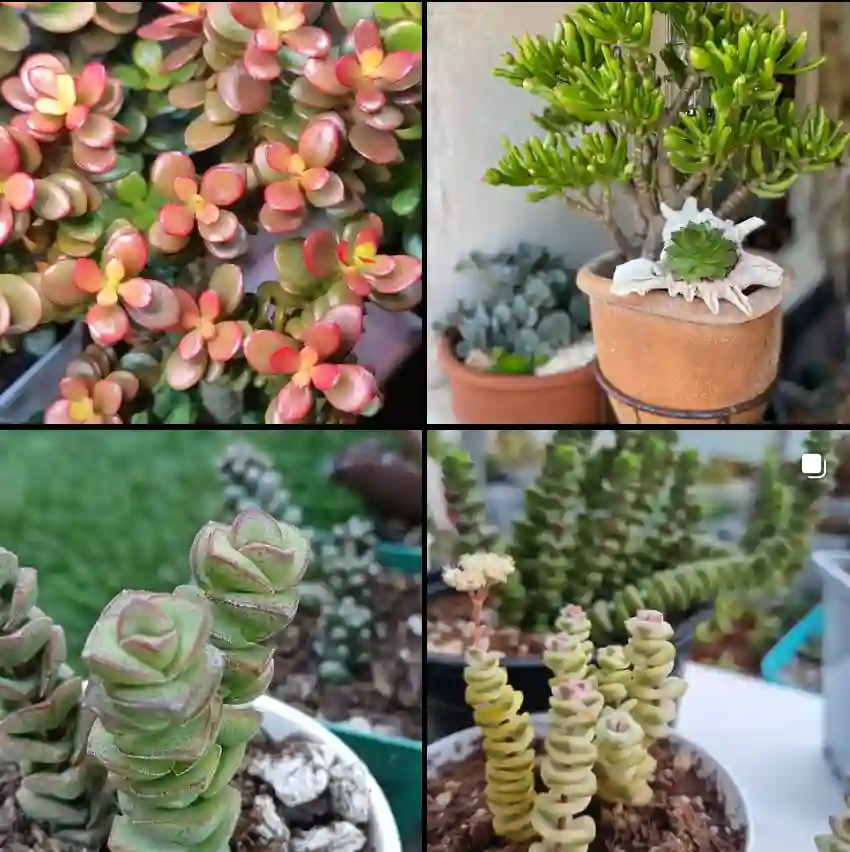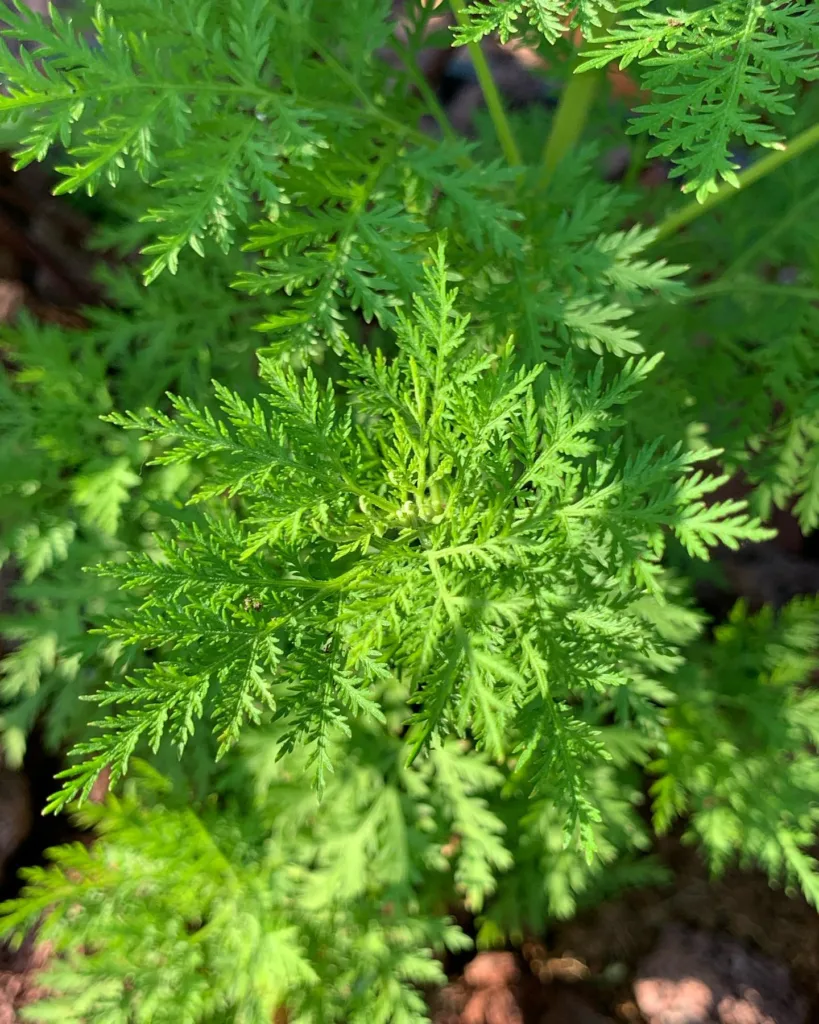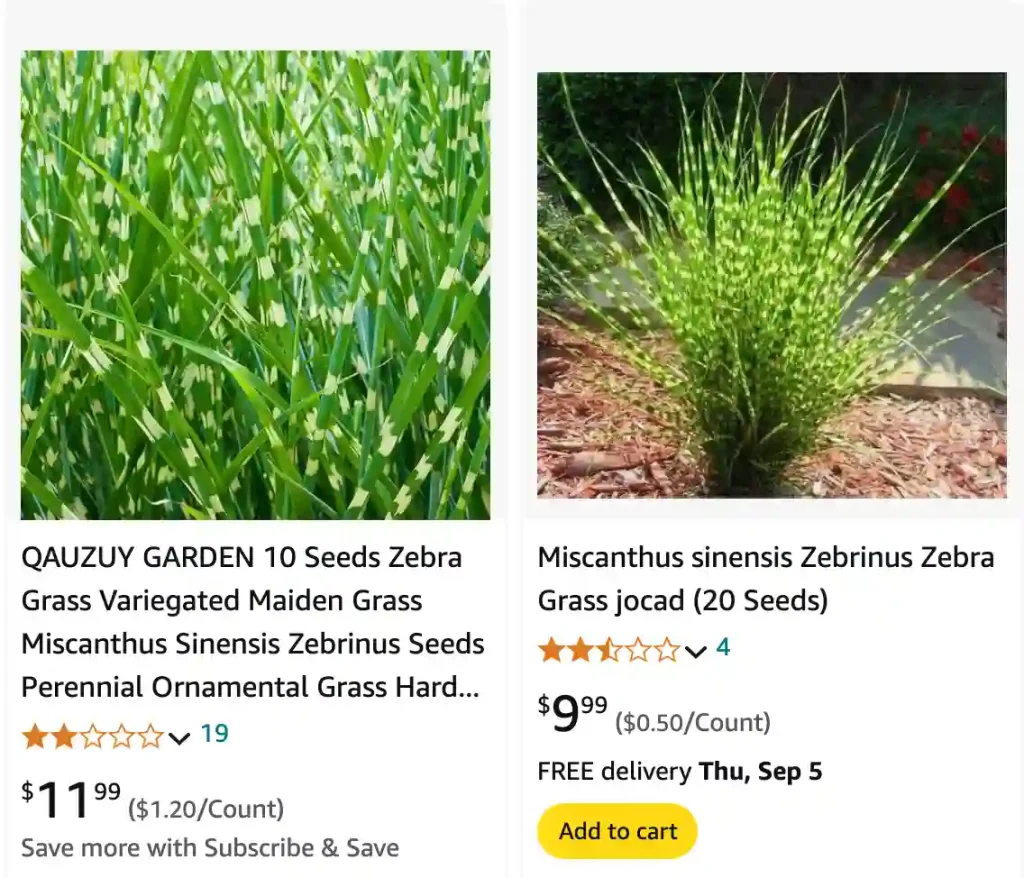
FAQs About Zebra Grass: Everything You Need to Know
As a gardening enthusiast, I’ve had my fair share of experiences with Zebra Grass. This striking ornamental grass, known for its distinctive striped appearance, can be a wonderful addition to any garden. But with its unique qualities come common questions that many gardeners have. Here’s a comprehensive look at some of the most frequently asked questions about Zebra Grass.
15 Species in Genus Miscanthus
Is Zebra Grass Invasive?
I’ve often been asked whether Zebra Grass is invasive. From my experience, Zebra Grass (Miscanthus Sinensis) can indeed spread quite aggressively if not managed properly. It’s a vigorous grower and can potentially outcompete other plants in your garden. If you’re in an area where it’s known to be invasive, or if you have a smaller garden, you might want to consider containment strategies or choose a less aggressive grass species.
How Tall Does Zebra Grass Get?
One of the standout features of Zebra Grass is its height. On average, Zebra Grass can grow between 5 to 7 feet tall. However, in optimal conditions, it might even reach up to 8 feet. Its towering presence and feathery plumes make it an impressive focal point in the garden.
How Fast Does Zebra Grass Grow?
In my garden, I’ve found Zebra Grass to be quite fast-growing. It typically reaches its full height within a single growing season. If you plant it in spring, you should see significant growth by late summer. Its rapid growth can be an advantage if you’re looking to fill space quickly.
Is Zebra Grass Toxic to Dogs?
For pet owners, the question of whether Zebra Grass is toxic to dogs is important. Fortunately, based on my knowledge and research, Zebra Grass is not known to be toxic to dogs. However, it’s always a good idea to keep an eye on your pets to ensure they’re not eating any part of the plant, as ingesting large quantities of any plant material could cause digestive upset.
When to Cut Back Zebra Grass?
Cutting back Zebra Grass is essential for maintaining its health and appearance. I usually trim it back in late winter or early spring before the new growth begins. This helps remove any dead foliage and prepares the plant for a fresh start. Be sure to cut it back to about 6 inches above the ground.
Can You Split Zebra Grass?
Yes, you can split Zebra Grass. In fact, dividing the clumps can help rejuvenate the plant and control its spread. I’ve divided mine every few years to keep it from becoming too crowded. To do this, dig up the clump, separate it into smaller sections, and replant them. It’s best done in early spring or fall.
When Does Zebra Grass Grow Back?
Zebra Grass typically starts to grow back in early spring. After you cut it back in late winter, you’ll notice new shoots emerging as the weather warms up. It’s a resilient plant that bounces back quickly, given that it has favorable growing conditions.
Where to Buy Zebra Grass?
If you’re looking to add Zebra Grass to your garden, you can find it at local nurseries or garden centers. Online retailers also offer a wide selection. I’ve had good luck purchasing from specialized plant shops that focus on ornamental grasses. Always check the reviews and ensure you’re buying from a reputable source.
Can Zebra Grass Grow in Pots?
Yes, Zebra Grass can be grown in pots. I’ve used large containers for this purpose with great success. Ensure the pot is large enough to accommodate the plant’s root system and provide good drainage. Container-grown Zebra Grass may need more frequent watering and fertilizing compared to plants in the ground.
Can Zebra Grass Grow in Shade?
Zebra Grass prefers full sun to partial shade. While it can tolerate some shade, it generally performs best with at least 6 hours of direct sunlight daily. In my garden, the best results have come from planting it in a sunny spot, which encourages the most robust growth and vibrant appearance.
Zebra Grass vs. Porcupine Grass
Comparing Zebra Grass to Porcupine Grass (Miscanthus ‘Strictus’) reveals some differences. While both are Miscanthus species, Zebra Grass has broader leaves with a more dramatic stripe pattern, whereas Porcupine Grass is known for its more upright growth and finer texture. I’ve found Zebra Grass to be more dramatic and bold, while Porcupine Grass has a subtler, more refined look.
What is Zebra Grass?
Zebra Grass is a type of ornamental grass known for its striking vertical stripes and tall, airy plumes. It’s widely used in landscaping for its dramatic effect and versatility.
How to Care for Zebra Grass?
Caring for Zebra Grass involves regular watering, especially during dry spells, and annual pruning. It thrives in well-drained soil and benefits from occasional fertilization. Avoid overwatering, which can lead to root rot.
How to Propagate Zebra Grass?
Zebra Grass is typically propagated by division. As mentioned earlier, divide the clumps every few years to propagate new plants. It can also be grown from seed, but this method is less common due to the plant’s vigorous growth.
What to Plant With Zebra Grass?
Zebra Grass pairs well with other ornamental grasses, perennials, and shrubs. I like to combine it with plants like Purple Coneflower, Black-eyed Susans, or ornamental sedges for a complementary look.
Is Zebra Grass Toxic?
As mentioned before, Zebra Grass is not toxic to pets or humans, making it a safe choice for gardens where animals or children might be present.
Benefits of Zebra Grass
Zebra Grass adds height, texture, and a unique visual appeal to gardens. It’s low-maintenance and provides excellent winter interest with its dried foliage.
Common Problems with Zebra Grass
One common issue is its tendency to spread aggressively. Regular maintenance and containment can manage this problem. Additionally, watch for pests like aphids or spider mites, which can sometimes affect the plant.
With these insights, I hope you feel more confident about incorporating Zebra Grass into your garden. Its striking appearance and ease of care make it a fantastic choice for adding visual interest and structure.
If i die, water my plants!
